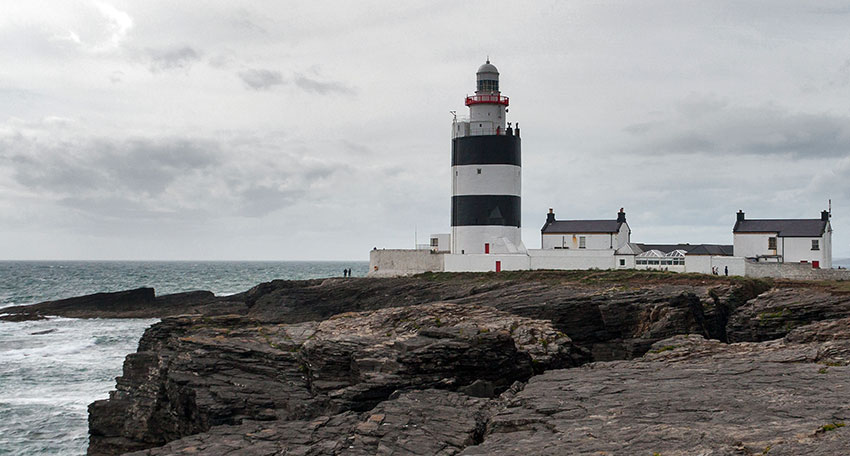In a 1924 New Yorker cartoon, a gallery of art lovers gasps at a painting they mistakenly believe was created by a human. Standing beside the painting is an artificial intelligence, Al, proudly claiming credit for the work alongside the caption, “A great artist — me. Thanks to modern science.”
What was once seen as an exaggerated fantasy is now becoming reality. After a century of advances in computer engineering, research in artificial intelligence and data, the creative works that were once only the domain of the human artist are now increasingly being powered by AI art generators. From music to paintings, words to images, AI-driven art is taking the world by storm.
Art generated by artificial intelligence relies on algorithms to create meaningful and aesthetically pleasing compositions. By feeding datasets into the AI, a “deep neural network,” algorithms are able to detect patterns in the data, manipulating it to reflect an idea or concept. Developers are also able to employ AI to modify and create new artwork — something humans have done since the dawn of art, but now with a newfound level of precision.
AI-generated artwork is already becoming ubiquitous – from Pepsi television commercials to museum collections – and has been embraced by artists and businesses alike. It’s no surprise, then, that AI art generators have been incredibly successful in producing amazing works of art in a short period of time. For example, a new AI-based program was able to paint a recognizable portrait of Winston Churchill in just a few hours, using just 350 words as input.
It’s becoming more and more apparent that artists of the future will be utilising AI art generators to quickly and easily create stunning works of art. After all, if this 1923 cartoon can correctly predict what lies ahead, AI-generated art may very well be at the forefront of the creative landscape.

